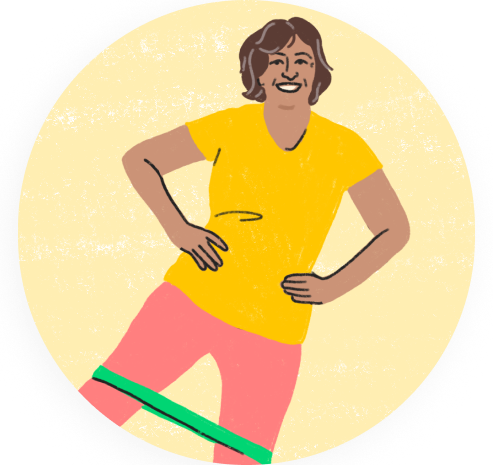Supporting a population overlooked and underserved by healthcare
1 in 4 women have pelvic floor disorders. Yet many will never receive treatment due to a lack of awareness, stigma or inadequate access to pelvic floor physical therapists. For others, the average time it takes to receive care can be longer than six years.¹
Addressing unique muscle, joint and pelvic health issues for women
Pregnancy and postpartum
Pregnancy and childbirth take a toll. Members get help to manage – and get relief from – urinary issues, difficulty with bowel movements, and low back, hip and pelvic pain.
Bladder and bowel disorders
Members enhance bladder and bowel control to prevent urine leakage and manage involuntary symptoms.
Pelvic organ prolapse
When pelvic organs slip out of place (prolapse), it often results in pelvic pain or pressure. Strengthening your pelvic floor, hip and lower back muscles can provide relief.
Pelvic pain
Pelvic floor muscles can develop pain from stress, injury and conditions such as endometriosis. Care that includes exercise therapy can provide relief.
Separated abdominal muscles
Pregnancy, childbirth and injury can stretch your abdominal muscles, leading to back and pelvic pain. Heal and strengthen your core with a personalised care plan.
Menopause
Menopause can worsen existing joint, muscle and pelvic health symptoms and trigger new physical and mental issues. Physiotherapist-led care teams provide personalised, clinical support to address thes...
Tested and proven to deliver strong results*
A complete pelvic health programme
Our vision
Our vision











